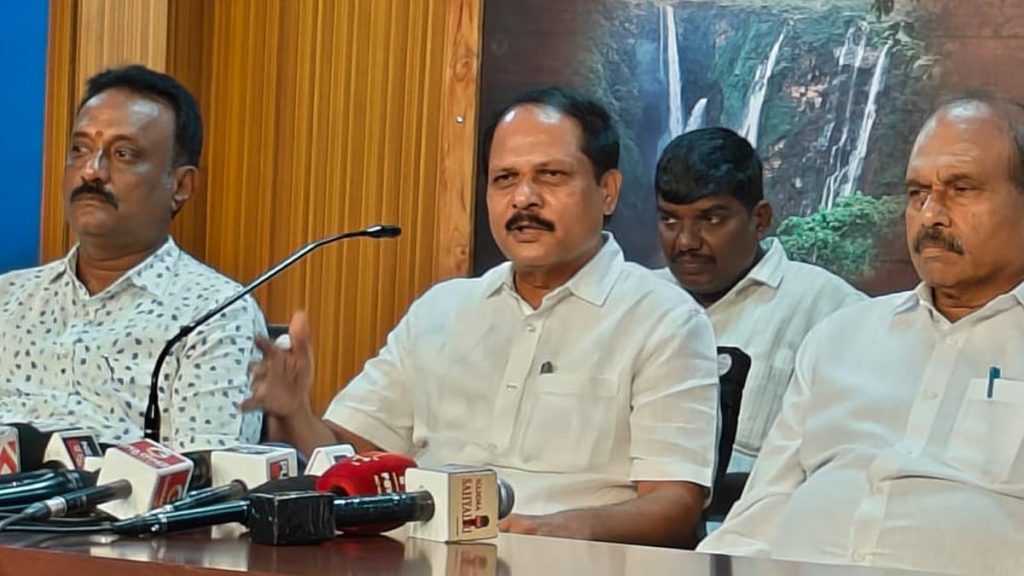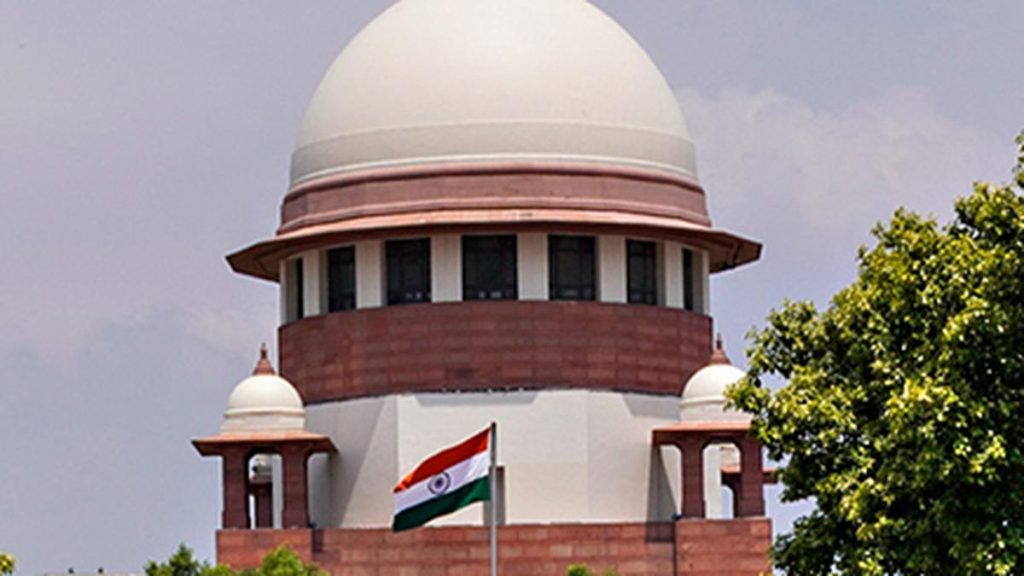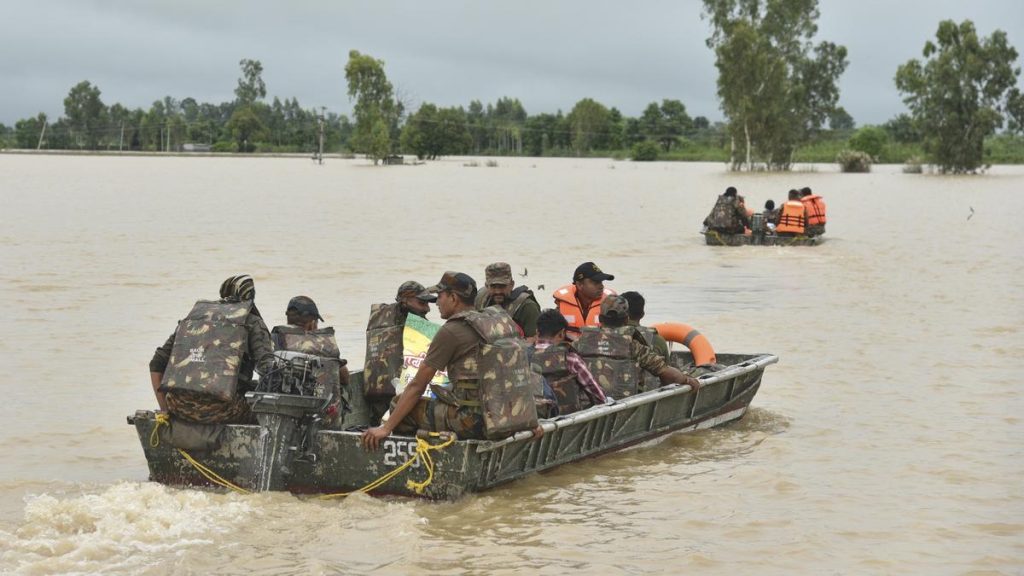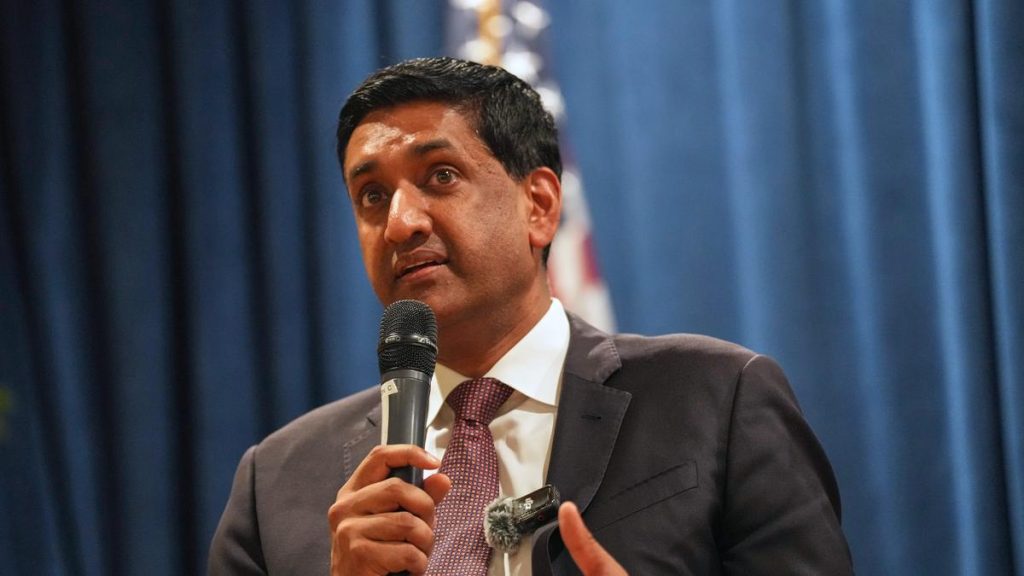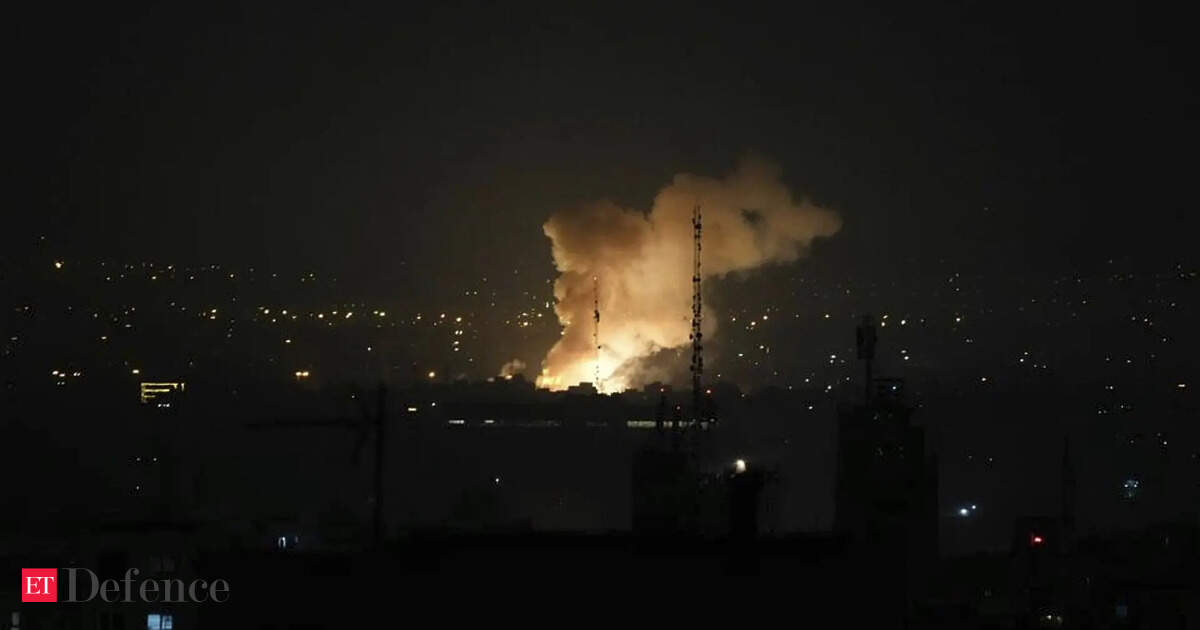Now Reading: दिल्ली में कार सवार युवती की गोली मारकर हत्या, न CCTV सबूत, न सुराग
-
01
दिल्ली में कार सवार युवती की गोली मारकर हत्या, न CCTV सबूत, न सुराग
दिल्ली में कार सवार युवती की गोली मारकर हत्या, न CCTV सबूत, न सुराग
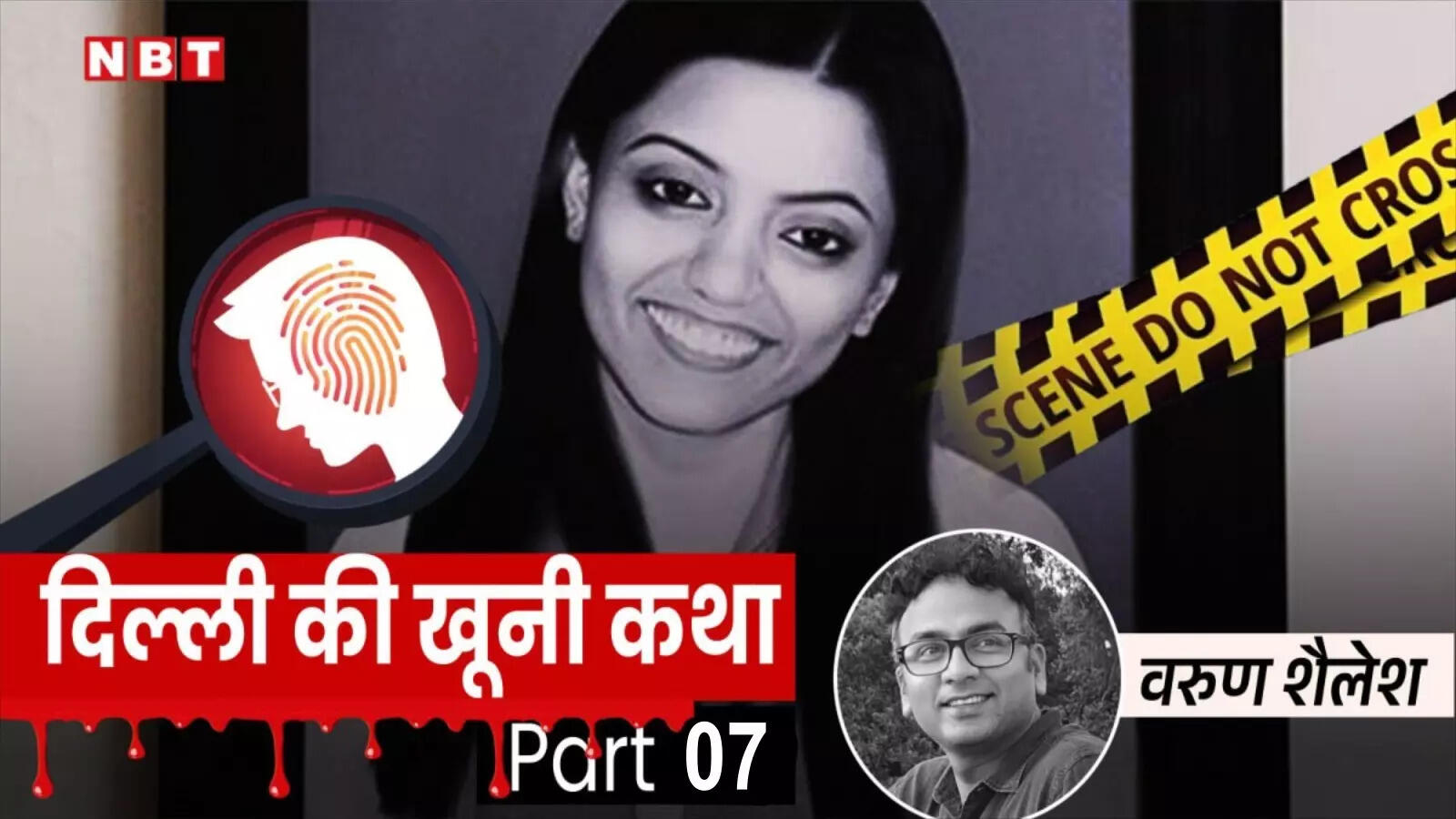
Quick Summary
- Incident Timeline: On September 30, 2008, journalist Soumya Vishwanathan was shot dead while driving home from work in Delhi’s Vasant Kunj area at night.
- Attack Details: Four men chased her car after she overtook them, attempted to stop her vehicle, adn fired a pistol when she did not comply.
- Connection to Jigisha Case: The culprits were identified following the murder of IT professional Jigisha Ghosh six months later. During interrogation for Jigisha’s case, the attackers admitted involvement in Soumya’s killing.
- Police Examination: The cases were solved using CCTV footage showing one suspect’s tattoo and shopping with Jigisha’s stolen debit card. Police linked both murders through forensic evidence and confessions.
- court Verdicts:
– Saket Court sentenced Ravi Kapoor, Amit Shukla, Baljeet Malik, Ajay Kumar to life imprisonment for their roles in Soumya’s murder.
– Co-conspirator Ajay Sethi received three years’ imprisonment and fines for retaining stolen property and aiding the crimes.
- Current Status: The supreme Court issued notices challenging Delhi High Court’s bail orders given to four convicts after serving jail terms of over 14 years.
Indian Opinion Analysis
The tragic murder of journalist Soumya Vishwanathan highlights growing concerns around women’s safety in public spaces during late hours. Beyond being a singular incident of violence against women working odd hours-a concerning reality even today-this case impacts India’s broader judicial approach on both deterrent sentencing and timely justice delivery.
The court verdict reflects a step toward holding organized crime accountable; however, delayed investigations caused meaningful setbacks initially. Further appeals at the Supreme Court indicate unresolved complexities within india’s legal framework related to balancing punishment with rehabilitation during long-term incarceration.
This case serves as a stark reminder for improving systemic measures such as street surveillance (e.g., functional CCTVs), rapid investigation protocols post-crime occurrence, and proactive legal safeguards aimed specifically at vulnerable groups navigating urban environments.Read More: Click here


